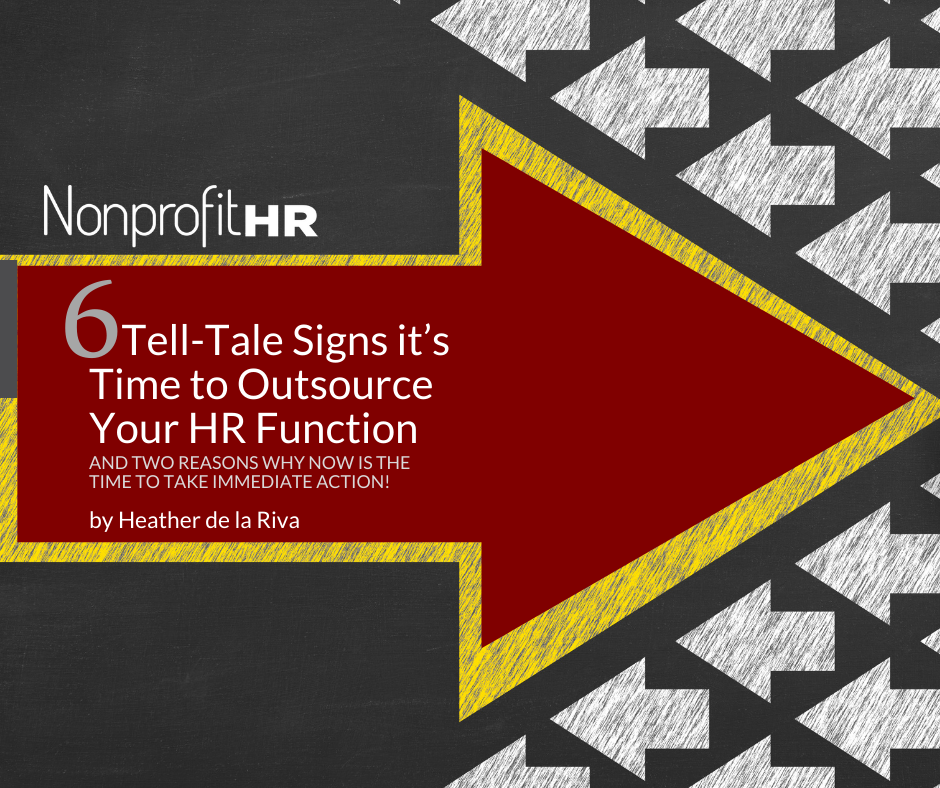WTOP: 5 ways nonprofits can…
In the March issue cover story “Elites at Work,” The Chronicle of Philanthropy explored a growing concern among many in the social sector that nonprofit leadership is becoming too elite, and thereby too disconnected from the populations their organizations serve. This concern has only grown in recent months as the November election and ensuing political shakeup has shined a bright light on the disconnect between American elites and the working and middle classes.
In the article, reporter Nicole Wallace shared the story of Paul Schmitz, who battled drug addiction in high school and was once homeless, but went on to become the CEO of national nonprofit Public Allies. Today, he’s a nonprofit management consultant who worries, like many others, that nonprofit leaders “share more in common with their donors than the people they serve.”
“With populism rising across the political spectrum—most apparent in the fiery campaign speeches of Donald Trump and Bernie Sanders—Mr. Schmitz is not the only one weighing in on the nonprofit world’s relationship with the middle and working classes,” Wallace writes. “The Ford Foundation’s president, Darren Walker, wrote after the election: ‘Have we neglected to recognize and respond to working-class people, regardless of race and geography?’ If the answer is yes, creeping elitism in the ranks of nonprofits might be to blame.”
The article goes on to discuss the challenges nonprofits face as they aim to solve this problem by developing and recruiting more socioeconomically diverse leaders.”Efforts to diversify based on economic background are difficult, in part because it’s not easy to identify someone’s socioeconomic class,” Wallace writes. “Also, class affiliation can change over the course of a person’s life.”
But is bringing more socioeconomically diverse leaders into the sector really the answer to the growing disconnect between nonprofit leaders and the people their organizations serve? I’m not sure about that.
While one can certainly acknowledge that the “elitism” problem exists and is growing, emphasizing socioeconomic diversity may not be the solution. Instead, we need to emphasize diversity of background, experience and thought. If we can achieve that ideal, and at the same time foster truly inclusive work environments where those differences can live and thrive, socioeconomic class and the disconnect it might cause between nonprofit leaders and their constituencies will become less of an issue.
I’d like to pose a few suggestions for how we may begin to move in that direction.
Recruit and develop leaders based on their backgrounds and experiences
Leaders’ perspectives, based on their personal background and range of life experiences, shapes their understanding of the people their organization serves far more than their current socioeconomic class ever could.
As an organization thinks about how to recruit and develop experientially diverse leaders, educational background is a good place to begin.
“Professionalization [of nonprofit management] has brought with it an emphasis on credentials — specifically, academic degrees and the colleges where they were earned,” Wallace explains in “Elitism at Work.” “Some argue this has become an obsession. Nonprofits boast that they hire only the best and brightest, which can be code for graduates from the Ivy League and other elite professional colleges.”
This approach needs to evolve if we hope to build truly diverse organizations at all levels, including leadership. Rather than focusing on elite private colleges, who themselves often struggle with diversity, I always suggest our clients look first to lesser known universities with highly specialized nonprofit management programs and research centers. The Axelson Center at North Park University in Chicago and the Midwest Center for Nonprofit Leadership at University of Missouri-Kansas City are two great examples. These institutions are by no means elite, but their graduates are as well-prepared to lead in the nonprofit sector as any Ivy League alumni. Recruiting emerging leaders from non-traditional educational backgrounds (such as technical colleges or online universities) and then building strong internal leadership development programs to hone their skills is also an option. Some organizations that want to take educational diversity to the next level are even investing in tools like GapJumpers to remove alma maters and other biasing factors from resumés and job applications and to conduct blind interviews.
But educational diversity is only the tip of the iceberg when comes to recruiting and developing leaders with diverse backgrounds and experiences. We must also consider how our employment branding, recruitment and executive search processes unintentionally exclude people with certain backgrounds or types of experience.
The American Heart Association is on the leading edge when it comes to addressing this challenge. Rather than presenting a single employment brand to potential leaders and hoping it will resonate with people who have a wide variety of backgrounds and experiences, AHA has created employment microsites for a wide variety of different types of candidates, from veterans to individuals with disabilities. Each microsite positions AHA’s employment brand in a way that is uniquely accessible to the specific type of candidate it aims to reach, and the application process is similarly tailored to their needs. For example, on the veterans microsite, prospective team members have the option to enter their military job code and filter open positions to include only a list of jobs that closely match the work they were doing in the service. Before putting this microsite in place, it was difficult for veterans to understand how their military experience translated into a nonprofit career, but now, they can see where their skills align with AHA’s need in the same way as a candidate who spent their entire career in the nonprofit sector.
While rethinking the way we approach employment branding and the way we view education credentials is important, much of the work that goes into fostering an experientially diverse nonprofit leadership team happens during the interview and evaluation process. We need to ask questions of nonprofit leadership candidates and have discussions in the executive search process that provide meaningful information about each candidate’s background and life experiences that qualify them for the work. We must also be clear about the gaps that exist wtihin our own leadership ranks and intentionally seek out candidates who can fill those gaps from a background and experience perspective. Before you go into your next executive level interview process, ask yourself: how can I start conversations with each candidate that will help me evaluate their ability to empathize with and understand the unique challenges of the people our organization serves? After all, that’s what we’re really aiming for when we seek leaders with diverse backgrounds and experiences.
Recruit and develop leaders based on the way they think
Important as they may be, shared experiences do not automatically qualify a nonprofit leader to understand and empathize with the people their organization serves. As the sector aims to strengthen the diversity of its leadership, we must also focus on selecting leaders based on the way they think.
Why shouldn’t we find ways to screen for emotional intelligence and empathy, two “soft skills” that would go a long way in addressing the fears that underpin so many concerns about growing leadership elitism? Some options already exists. Nonprofits and for-profits alike have begun to experiment with tools like Revelian to evaluate the emotional intelligence of leadership candidates and existing employees who might be developed into future leaders. Others are using psychometric assessments like Central Test’s Professional Profile 2 and personality tests like the well-known Myers-Briggs Type Indicator to go beyond emotional intelligence and get a holistic view of a candidate’s strengths and type.
In my work with hundreds of nonprofits over Nonprofit HR’s 17-year history, I’ve consistently observed that the most effective nonprofit leadership teams are those with the greatest diversity of thought. Pragmatic realists, detail-oriented implementers and idealistic visionaries who balance one another out well, and when they come together on a leadership team, the results are often extraordinary.
Foster true inclusivity
Recruiting for diversity, whether it focuses on socioeconomic status, backgrounds and experiences, ways of thought, or other, more traditional factors like race, gender or sexual orientation, is all for naught if we do not build organizations that are truly inclusive. While inclusivity means different things to different people, I’d like to propose this simple definition:
An inclusive organization is one where people from every imaginable walk of life are empowered to be their best, truest version of themselves while at work.
Inclusion unlocks the power of diversity by creating a work environment where all employees can use what makes them unique to advance their organization’s impact, and without a strong inclusion commitment, even the most diverse nonprofits will struggle. As we think about a different approach to banishing nonprofit elitism, we must give inclusion just as much consideration as diversity.
I sincerely hope the sector can move past this trending obsession with the socioeconomic status and income of our leaders, because it’s a symptom of the elitism problem, not its cause. If we commit to building experientially and psychographically diverse organizations with a high level of commitment to inclusion, I’m confident we’ll be able to see the sector’s impact to new, previously unattainable levels.





























